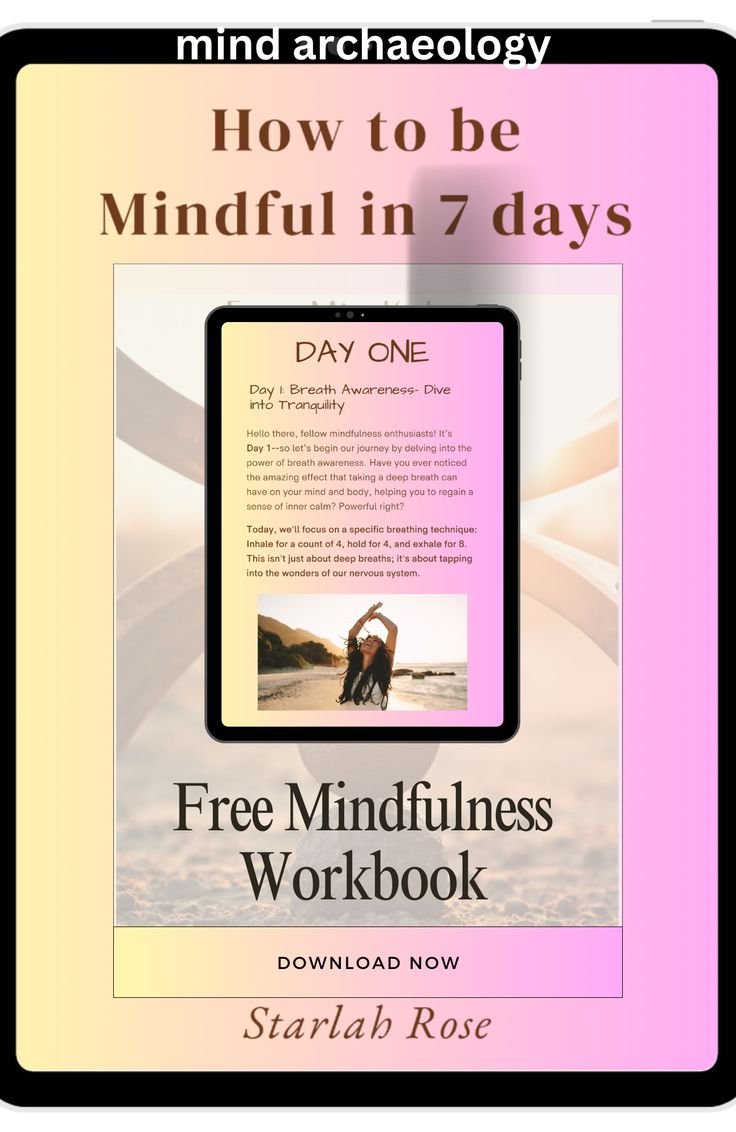Stress has become an unavoidable part of modern life, but mindfulness offers an effective way to manage it. By incorporating simple mindfulness practices into your daily routine, you can reduce tension, improve focus, and foster emotional balance. This guide explores approachable and impactful techniques to help you cultivate a calmer, more stress-free day.
What Is Mindfulness?
At its core, mindfulness involves being fully present in the moment, paying attention to your thoughts, feelings, and surroundings without judgment. Practicing mindfulness regularly has been shown to decrease stress, enhance well-being, and improve mental clarity. Research from leading health organizations also highlights mindfulness as a tool for managing anxiety, improving sleep, and even lowering blood pressure.
Benefits of Mindfulness in Daily Life
Before we dive into the practices, here’s why mindfulness is so effective when it comes to reducing stress:
- Lowered Cortisol Levels: Studies reveal that mindfulness reduces cortisol, a hormone associated with stress.
- Enhanced Focus: It encourages concentration, helping you stay productive without feeling overwhelmed.
- Better Emotional Regulation: Mindfulness increases self-awareness, allowing for healthier responses to stressful situations.
With these benefits in mind, let’s explore practical ways to apply mindfulness throughout your day.
1. Morning Mindfulness Rituals
Starting your day with mindful habits establishes a tone of calm and focus.
Techniques to Try:
- Mindful Breathing: Spend five minutes breathing deeply. Focus on the sensation of the air entering and leaving your nose to ground your thoughts.
- Body Scan Meditation: Before you get out of bed, mentally scan your body from head to toe. Observe any tension or discomfort and consciously relax each area.
Pro-Tip:
Pair your mindfulness practice with natural sunlight. Light exposure in the morning boosts serotonin, further enhancing your mood.
2. Mindful Eating
Mealtime is a perfect opportunity to practice mindfulness. Eating slowly and savoring each bite not only reduces stress but also improves digestion.
Steps for Mindful Eating:
- Remove distractions such as your phone or TV.
- Take a moment to notice the colors, textures, and smells of your food.
- Chew slowly, paying attention to the flavors in each bite.
Why It Works:
This practice shifts your focus from worries to present sensations, leaving you more satisfied with your meal and less likely to overeat.
3. Short Mindfulness Breaks During Work
Workdays often come with their own pressures, making it even more important to pause and recharge.
Ideas for Breaks:
- Pomodoro Pauses: After every 25 minutes of work, take a five-minute break to practice mindfulness. Close your eyes and concentrate on your breathing or a calming sound.
- Desk Meditation: Sit upright in your chair, feet flat on the ground. Take ten deep breaths, focusing on the air filling your lungs and releasing tension as you exhale.
- Stretch and Focus: Perform gentle stretches while concentrating on your muscle movements. This helps release physical tension accumulated during long periods of sitting.
Key Benefit:
Mindfulness at work boosts resilience, helping you respond to challenges more calmly.
4. Mindful Movement
Mindfulness doesn’t always mean staying still. Combining movement with mindfulness adds another layer of relaxation while benefiting your physical health.
Activities to Consider:
- Yoga: Even a 15-minute beginner session can increase body awareness and relax your mind.
- Mindful Walking: Take a short walk outdoors, paying attention to your surroundings, such as the rustle of leaves or how the ground feels under your feet.
- Tai Chi: This fluid, meditative movement is easy on the body and encourages a deep sense of focus.
Integrating Movement:
Prioritize incorporating one mindful movement practice into your lunch or evening routine for optimal stress relief.
5. Mindful Listening
Mindful listening improves relationships and reduces internal stress caused by miscommunication.
How to Practice:
- During a conversation, focus fully on the speaker. Set aside judgment and avoid planning your response while they’re speaking.
- Notice the tone, words, and emotions being expressed.
- Reflect thoughtfully before responding.
Why It Matters:
Mindful listening strengthens connections and clears misunderstandings, enabling smoother interactions.
6. Digital Mindfulness for a Tech-Filled World
With so much time spent on devices, digital mindfulness is an essential tool for reducing stress.
Strategies:
- Set Boundaries: Designate “device-free” hours during your day, especially in the morning or before bed.
- Mindful Scrolling: As you browse social media, take occasional pauses to ask how the content makes you feel.
- Focus Apps: Use mindfulness and productivity apps, such as Calm or Headspace, to guide short meditation sessions.
Additional Reminders:
Turning off unnecessary app notifications can create a sense of calm and minimize distractions.
7. Gratitude Practice
Ending your day with gratitude encourages a positive mindset, easing anxiety and promoting restful sleep.
A Simple Exercise:
Keep a journal by your bedside and write down three things you’re grateful for before sleeping. These could be as simple as a warm cup of tea or a kind word from a coworker.
Benefits:
Focusing on gratitude rewires your brain to notice positives, reducing stress and fostering resilience against daily challenges.
8. Breath Focus for Better Sleep
Difficulty sleeping is a common symptom of stress, and mindfulness can help you relax more effectively.
Sleep-Enhancing Techniques:
- 4-7-8 Breathing: Breathe in through your nose for 4 seconds, hold your breath for 7 seconds, then exhale for 8 seconds. This calms your nervous system and prepares your body for sleep.
- Progressive Relaxation: Lying in bed, tense and release your muscles from your toes to your head.
Why It Works:
Both techniques slow your heart rate, signaling to your body that it’s time to rest.
Taking the First Step with Mindfulness
When integrating mindfulness practices, start small. Choose one or two methods that resonate with you and incorporate them into your routine. Over time, these habits will become second nature, creating a noticeable shift in how you handle stress.
Final Thoughts
Mindfulness doesn’t require hours of free time or specialized training—it’s about making small but impactful shifts in how you approach your day. Through mindful breathing, movement, gratitude, and other simple practices, you can cultivate inner peace and tackle life’s stressors with composure. By prioritizing mindfulness, you’re not only nurturing your mental well-being but also improving your overall quality of life.





